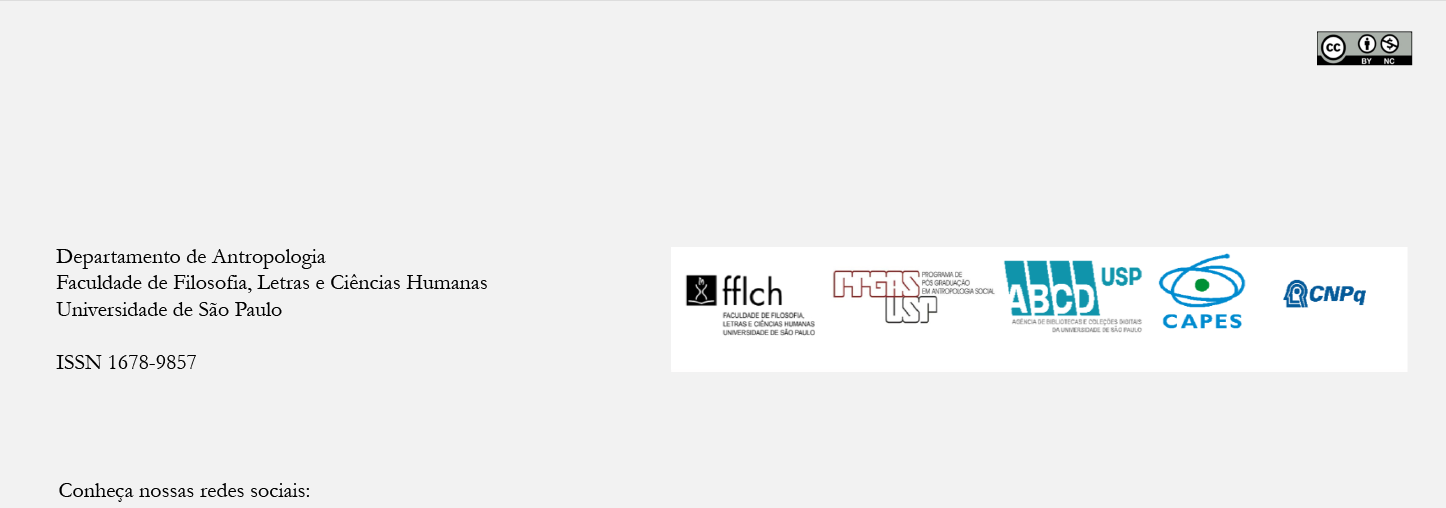The thin balance of the movement: Vicinality in transnational migration
DOI:
https://doi.org/10.11606/2179-0892.ra.2014.89109Keywords:
Migration, vicinality, social networks, transnational mobilityAbstract
This article discusses the implications of transnational mobility to ways of inhabiting the world. From the analysis of the experience of migrants from Goiás to Portugal, we explore how relationships of vicinality and cohabitation are constructed according to their temporal and spatial dimensions. The vicinality, understood as self-help groups involving different social relations and forms of solidarity and conflict, promotes a reworking of the mutuality of relations of migrants in circulation. Through vicinality the success or failure of the migration is ensured: from the arrival and adaptation in the new place to the maintenance of ties left back home. The connections of vicinality are subject to uncertainties, emotional turmoil, practical flaws, negotiations, and they reconfigure family and friendship interactions, as well as the very notion of cohabitation. Exploring the concept of vicinality seems to be a very productive point of view to reflect on this migratory mobility.
Downloads
Downloads
Published
Issue
Section
License
Authors who intend to publish in this journal must agree with the following terms:
- a) Authors retain copyright and grant the journal the right of first publication. The work is simultaneously licensed under the Creative Commons Attribution License, which allows the work to be shared as long as the author and the initial publication in this journal are appropriately credited.
- b) Authors are authorized to sign additional contracts for non-exclusive distribution of the version of the work published in this journal (e.g., to publish it as a book chapter), as long as the author and the initial publication in this journal are appropriately credited.
- c) Authors are allowed and encouraged to publish and distribute their work online (e.g. on their personal webpage) after the editorial process, for this can generate productive changes as well as increase the impact and citation of the work. See The Effect of Open Access Publications.



